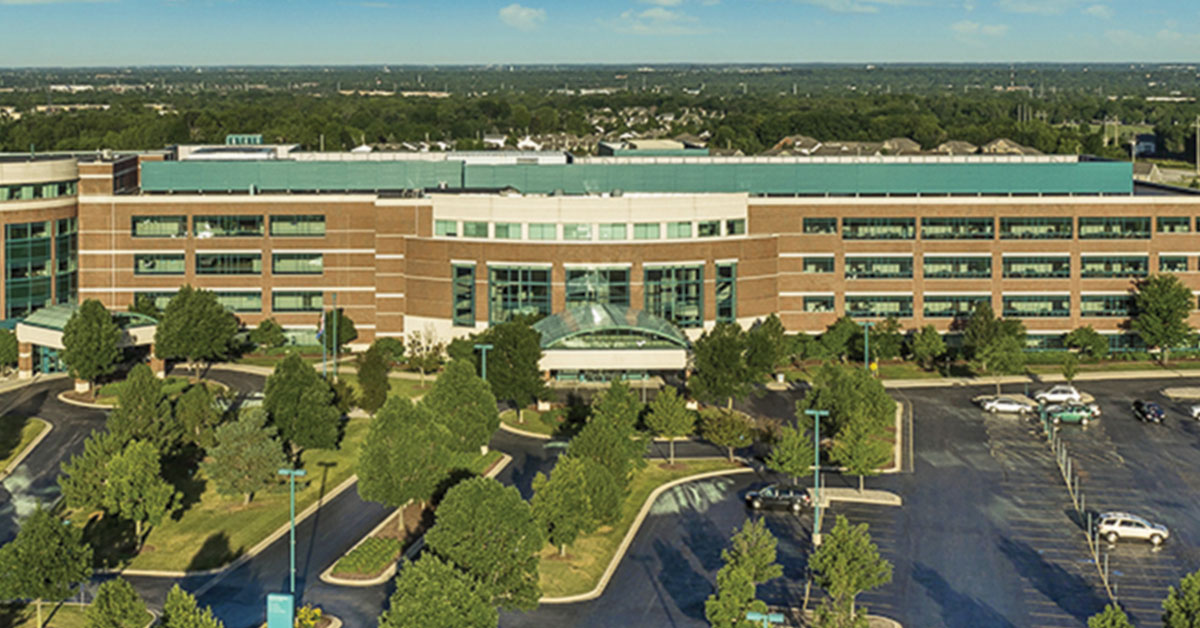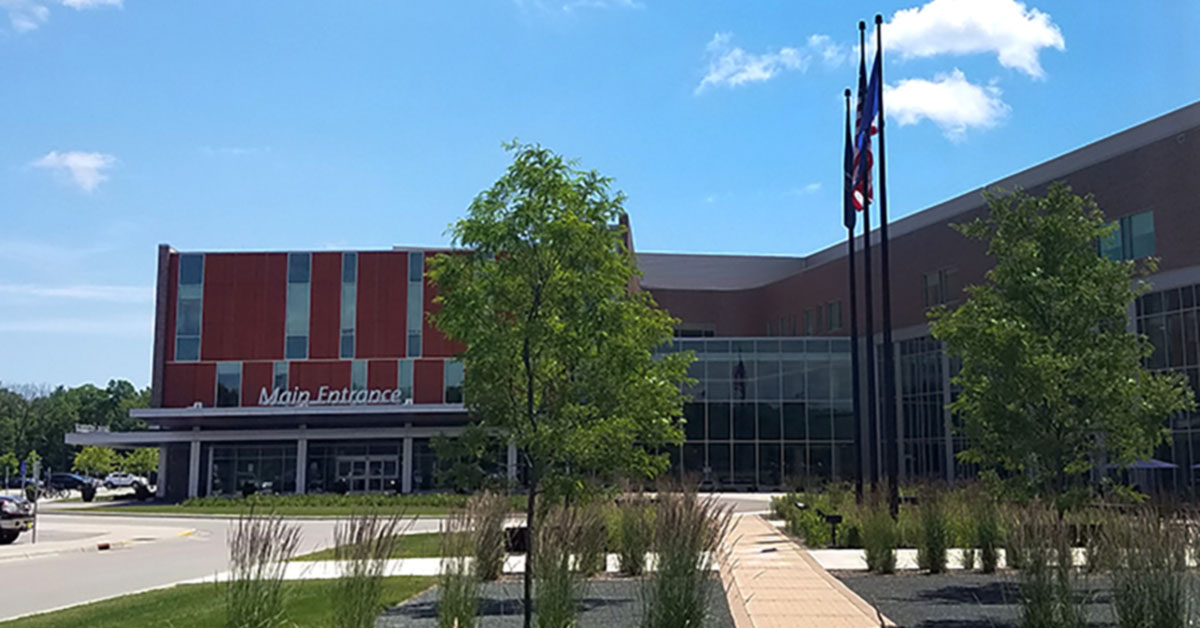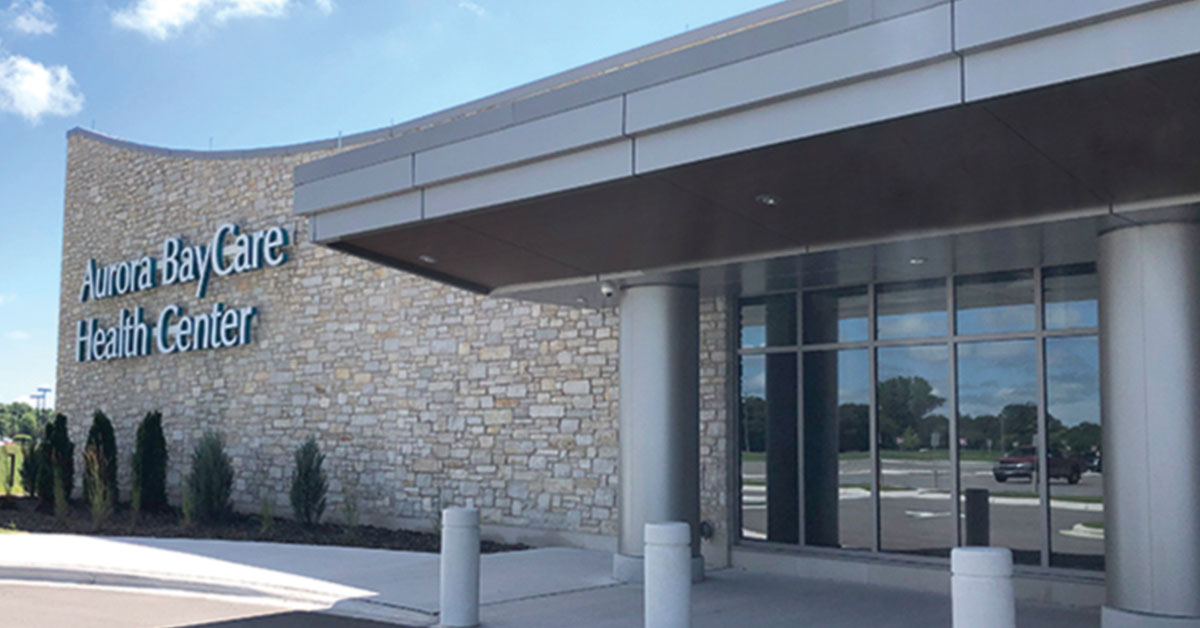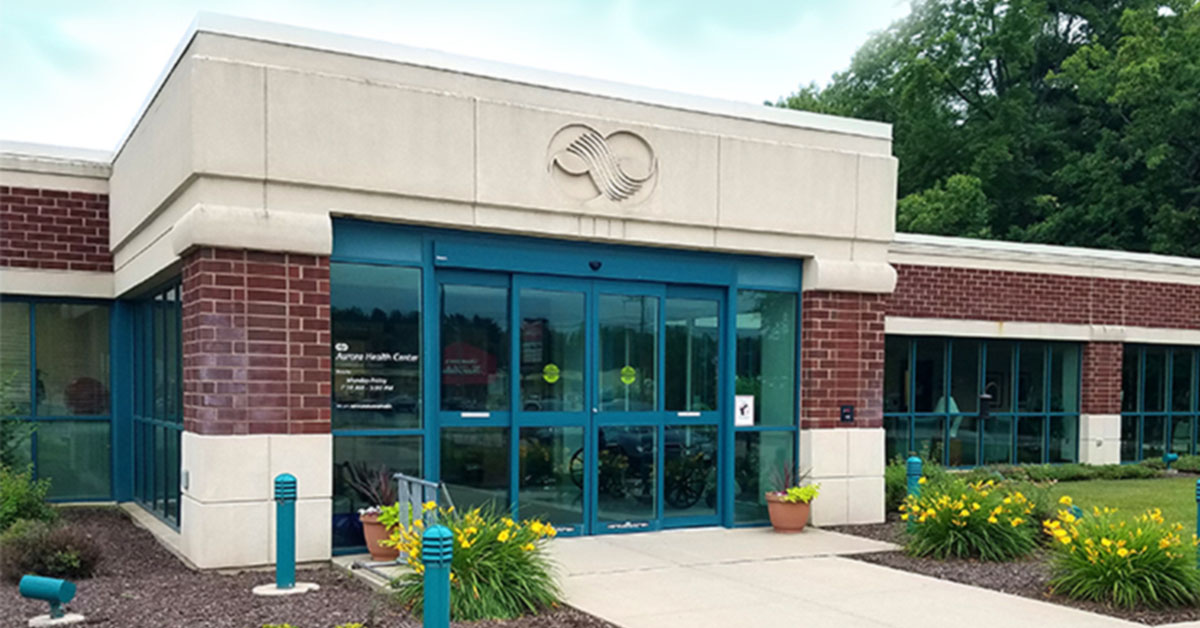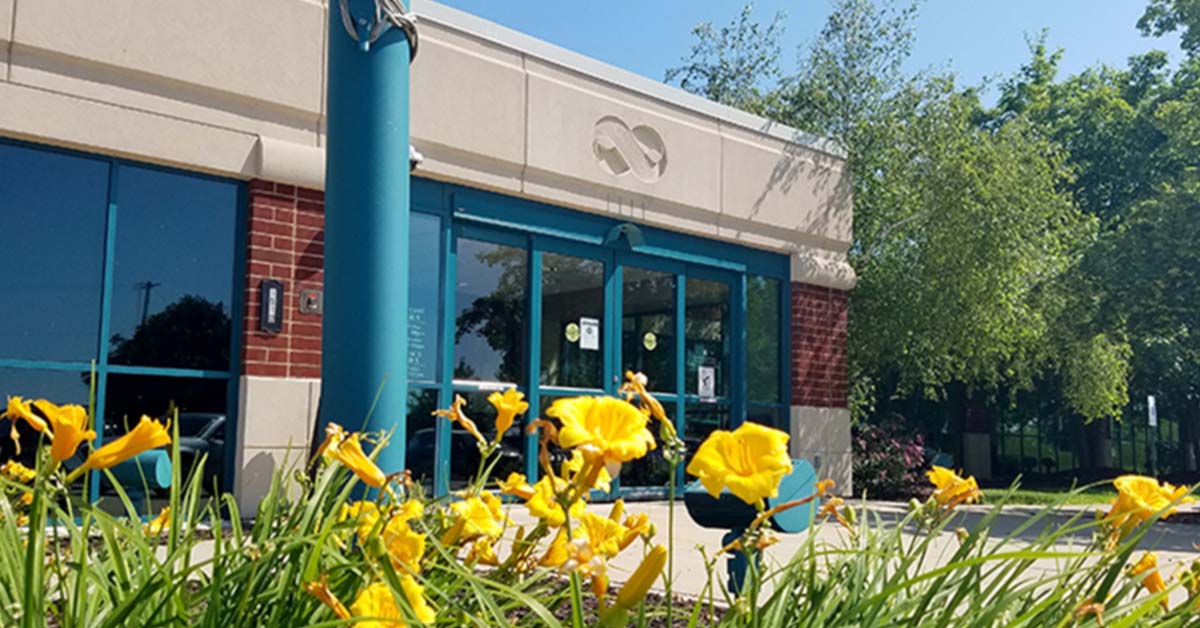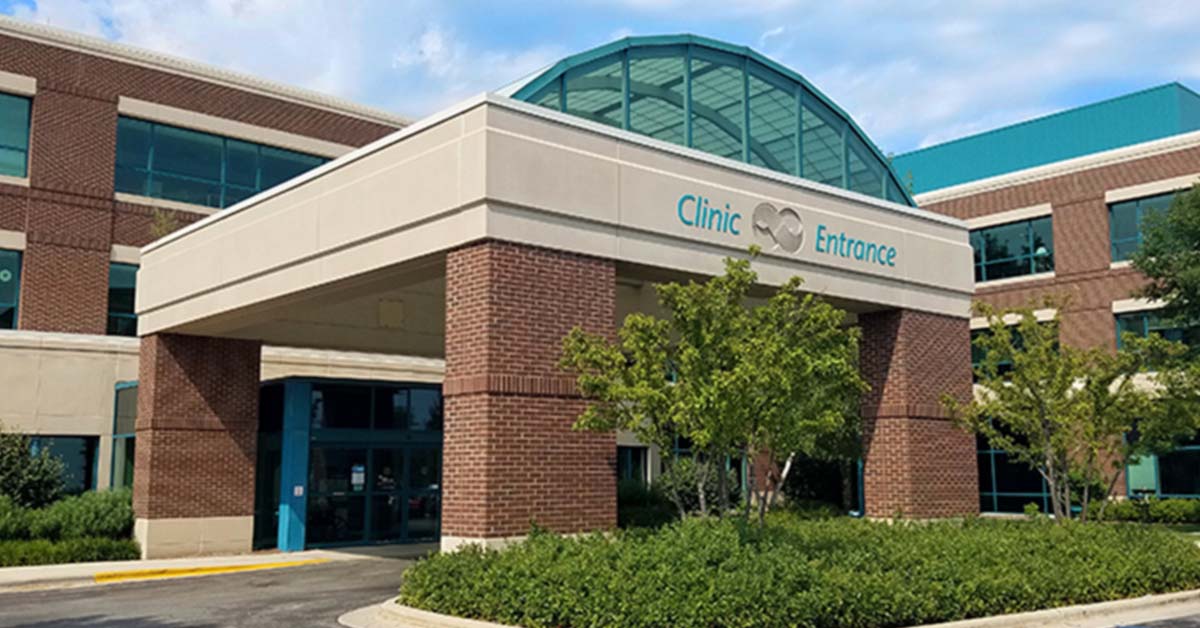Peripheral Vascular Medicine
Cardiology
Advanced treatment for peripheral vascular disease
Peripheral vascular disease (PVD) involves the blockage and damage of blood vessels beyond the heart. These blood vessels are called peripheral arteries and veins and they carry blood to and from the arms, legs and organs in the abdomen.
Peripheral vascular disease often involves a narrowing of these vessels. A person with peripheral vascular disease often experiences pain in the stomach or kidney, or pain while walking.
Peripheral vascular disease also affects the carotid arteries, or the arteries in the neck that carry blood to the brain.
Peripheral vascular surgery
Through diagnosis and treatment, Aurora BayCare Cardiology specialists can help prevent peripheral vascular disease from causing organ damage and other serious health problems.
Our peripheral vascular surgeons have mastered the most advanced treatments and perform a full circuit of peripheral vascular tests and procedures. They treat conditions affecting the circulatory system, including:
- Atherosclerosis - artery walls become abnormally thick or hard
- Arterial occlusion and embolism - material in the bloodstream blocks blood flow
- Carotid occlusive disease - carotid arteries become blocked
- Aortic or femoral artery occlusive disease - the aorta or a femoral artery becomes blocked
- Pulmonary embolism - blood clots travel to the lungs
Peripheral vascular medicine is closely linked to interventional cardiology. Peripheral vascular procedures include diagnostic and therapeutic procedures in the upper and lower extremities, kidneys and carotid arteries.
Peripheral arterial disease
Peripheral arterial disease (PAD) is a form of peripheral vascular disease. People with PAD develop widespread hardening and narrowing of the arteries (atherosclerosis) from the gradual build-up of plaque. When peripheral arterial disease progresses, plaque obstructs the arteries in the lower abdomen, groin and legs. If blood flow is blocked, the patient risks heart attack, stroke or even loss of limb.
While early-stage PAD can often be managed with lifestyle changes and medication, advanced cases of the disease often require surgical intervention. One way to restore circulation is with peripheral vascular bypass surgery. This procedure restores blood flow by rerouting blood around the blockage.
